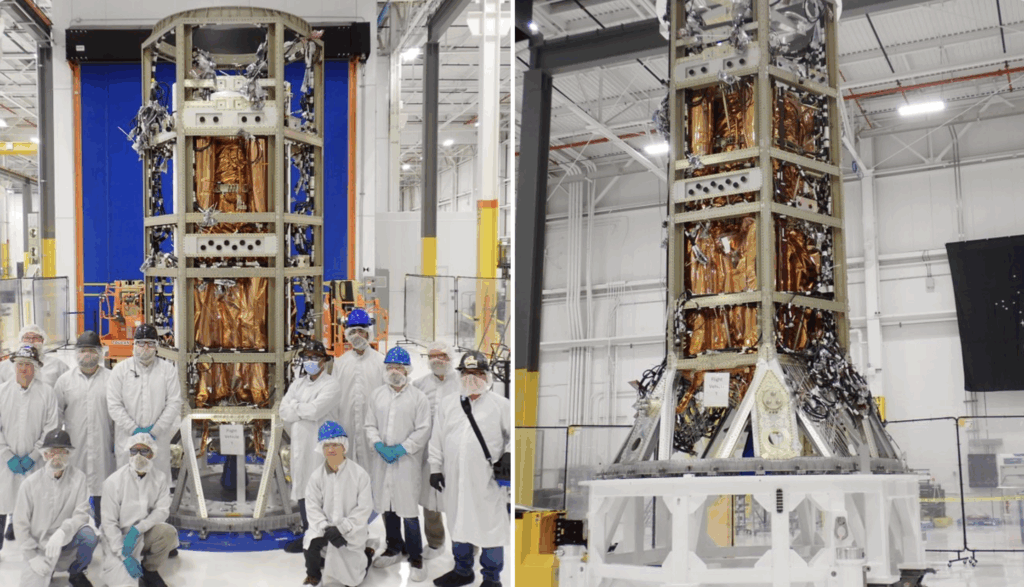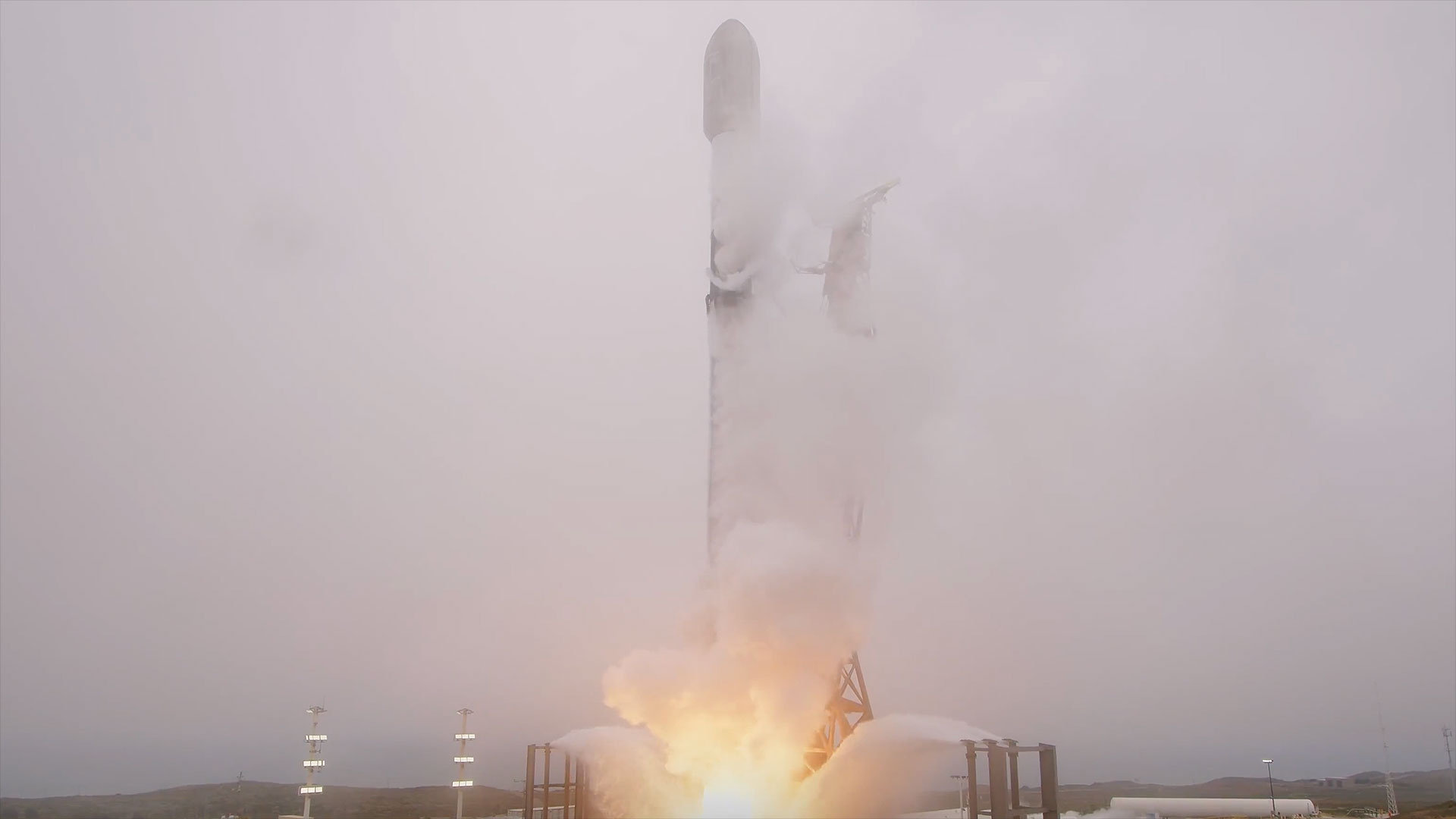Now Reading: York Space launches U.S. military satellite on SpaceX rideshare
-
01
York Space launches U.S. military satellite on SpaceX rideshare
York Space launches U.S. military satellite on SpaceX rideshare

WASHINGTON — A U.S. military satellite built by York Space Systems launched to orbit June 23 aboard a SpaceX Falcon 9 rocket.
The spacecraft, named Dragoon, lifted off from Vandenberg Space Force Base in California as part of SpaceX’s Transporter-14 mission — a rideshare flight carrying dozens of small satellites for government and commercial customers.
Dragoon is the first of 12 satellites York is building under a contract with the Space Development Agency (SDA), an arm of the Space Force tasked with deploying the Proliferated Warfighter Space Architecture, or PWSA. This ambitious program envisions hundreds of interconnected satellites to enable resilient global missile tracking, targeting, and secure communications for military operations.
In a statement, York said Dragoon is designed to “demonstrate secure connectivity to warfighter platforms for targeting, missile warning, and tracking of advanced missile threats.”
The launch is also a debut for York’s new LX-class satellite bus, a platform the company first introduced in 2021. With a capacity to support payloads of up to 300 kilograms and increased onboard power, the LX-class offers a more capable alternative to York’s mass-produced S-class bus, which has been the backbone of its commercial and defense offerings.
The 12 satellites York is building under a program known as Tranche 1 Demonstration and Experimentation System (T1DES) are part of the SDA’s effort to test whether communications payloads — traditionally hosted on large, expensive geostationary satellites — can function effectively from low Earth orbit. The contract, awarded in 2022, is worth up to $200 million.
York, based in Denver, has won several contracts to build satellites for the PWSA. The company said the Dragoon mission “represents a key milestone in York’s support of national security space initiatives.”
The SDA architecture is central to the Pentagon’s strategy to increase the survivability of space-based assets by moving away from single-satellite systems and toward a constellation model. This shift reflects growing concerns about threats to traditional military satellites, including from anti-satellite weapons and electronic interference.
SDA aims to launch hundreds of small satellites in tranches over the coming years.
Stay Informed With the Latest & Most Important News
Previous Post
Next Post
-
 012024 in Review: Highlights from NASA in Silicon Valley
012024 in Review: Highlights from NASA in Silicon Valley -
 02Panasonic Leica Summilux DG 15mm f/1.7 ASPH review
02Panasonic Leica Summilux DG 15mm f/1.7 ASPH review -
 03How New NASA, India Earth Satellite NISAR Will See Earth
03How New NASA, India Earth Satellite NISAR Will See Earth -
 04And Thus Begins A New Year For Life On Earth
04And Thus Begins A New Year For Life On Earth -
 05Astronomy Activation Ambassadors: A New Era
05Astronomy Activation Ambassadors: A New Era -
06SpaceX launch surge helps set new global launch record in 2024
-
 07Space Force plans new ‘Futures Command’ amid pressure to speed up modernization
07Space Force plans new ‘Futures Command’ amid pressure to speed up modernization




















